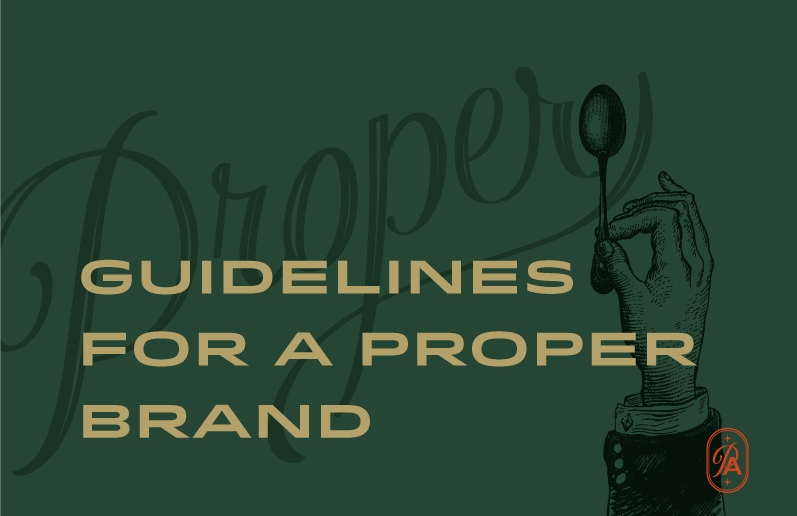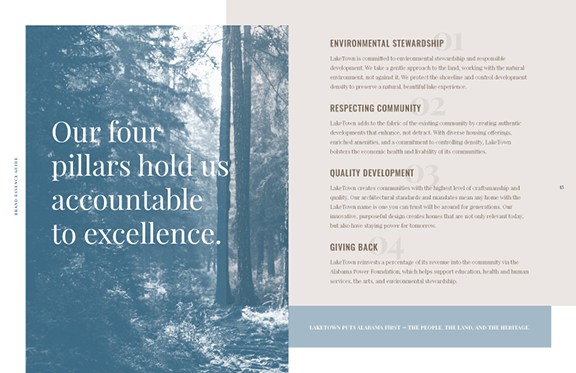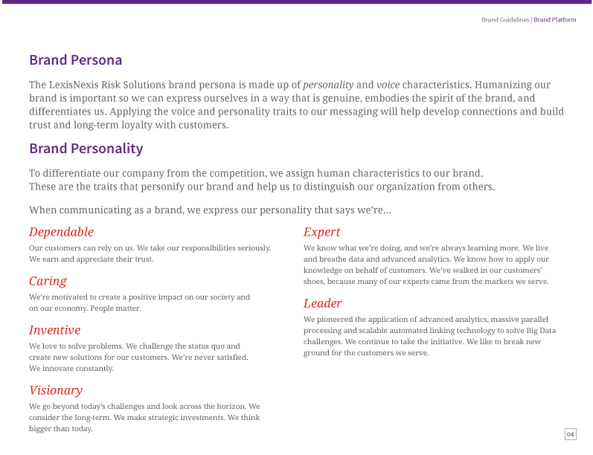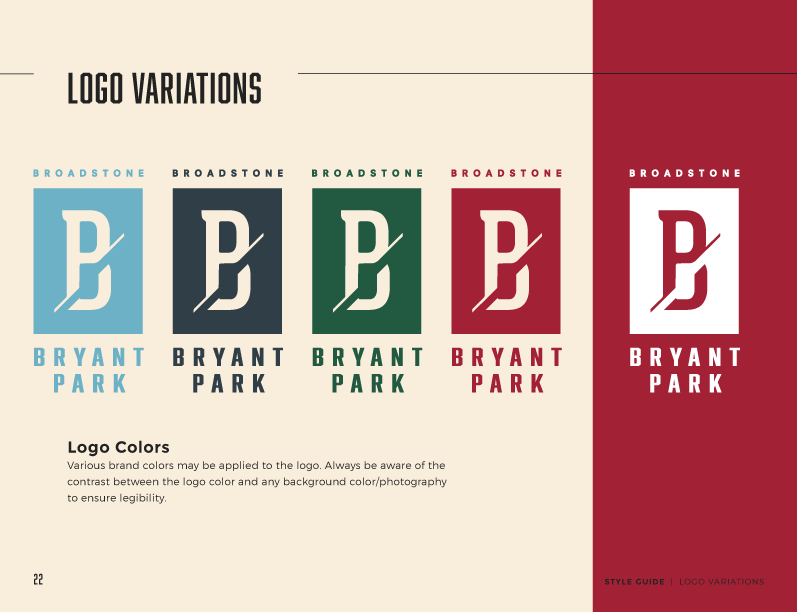Brand Books. Also known as Brand Guidelines or Style Guides. These are a complicated set of rules for mega brands such as Apple, Coca-Cola and FedEx that take years to develop and costs thousands, if not millions, of dollars. Right? Well, yes, those brands and others invest a lot of time and money creating comprehensive brand standards for their products and services and have entire teams of people responsible for governing and maintaining those standards. However, they did not start that way. Instead, as their companies were growing, they started with a set of simple rules that were easy to understand and follow.
At Phase 3, we believe that all companies benefit from having a Brand Book, from solo-preneurs working with small business branding agencies to Fortune 500 companies working with global agency conglomerates. Branding, and by extension Brand Books, serves an important purpose for any business for four key reasons.
1. Tell a Better Story.
Your brand is rooted in the promise you make to your customers of the value your product or service provides to them. It is how the world recognizes you and learns to trust you. Whether you know it or not, you have a brand in the eyes of your customer; so understanding what your brand stands for today and how you want it to be perceived long term is an important first step. Spend the time to define and clarify your message. Write a mission statement. Define the unique value your company delivers and identify your brand’s personality. In the end, this effort will create a single source of truth that ensures everyone has the same understanding of your brand.

2. Align Your Team.
Does your sales team speak with conviction about your brand? Does everyone in the company understand what makes your brand special and unique? If you were to ask 10 different employees about what you stand for, would you get the same answer? If the answer is no, then you need a Brand Book. Use the Brand Book to onboard new employees and to reinforce your company mission and values to existing ones so that everyone is “singing from the same song book”, as they say.

3. Empower Your People.
The Brand Book also serves an important purpose to guide how your brand is represented to the outside world. It illustrates how to use your logo properly, the brand colors and fonts that are allowed, and the type of photography you want to show. By providing these standards to your sales and marketing team, you are empowering them to create communications that support and reinforce your brand promise. Your website, sales collateral, and social media, for example, can all be directed by the guidelines in your Brand Book, reducing the amount of oversight needed from you.
4. Simplify Your Work.
There will be times that you need to explain your brand to someone outside your organization, such as a strategic alliance partner or a public relations firm. Having created your brand guidelines in advance, the process of explaining how to talk about your company and present it in the best light is much simpler. If there are many people and organizations that need to work within your brand guidelines, you may want to consider developing an online Brand Governance portal to house all of your brand elements and messaging and manage any approvals that are required.

Whether you are just starting a business, or you are managing a multi-million dollar marketing department, a comprehensive Brand Book is a valuable resource. Your Brand Book should be reviewed regularly, every year or so, to check that your messaging is still on point and your graphic elements are relevant and appealing to your target audiences. A branding and marketing agency, such as Phase 3, can be a valuable resource and thought partner for you as you create, manage and evolve your brand.
Need a brand style guide or a more robust set of Brand Guidelines? Phase 3 is here to help.
